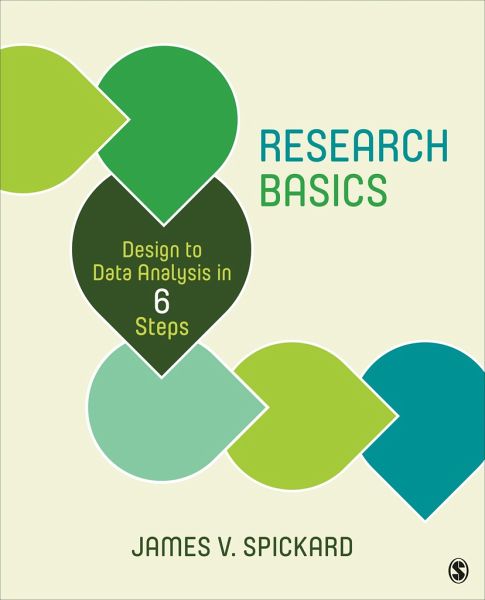Nicht lieferbar

Research Basics
Design to Data Analysis in Six Steps
Versandkostenfrei!
Nicht lieferbar
Research Basics: Design to Data Analysis in Six Steps offers a fresh and creative approach to the research process based on author James V. Spickard's decades of teaching experience. Using an intuitive six-step model, readers learn how to craft a research question and then identify a logical process for answering it. Conversational writing and multi-disciplinary examples illuminate the model's simplicity and power, effectively connecting the "hows" and "whys" behind social science research. Students using this book will learn how to turn their research questions into results.







